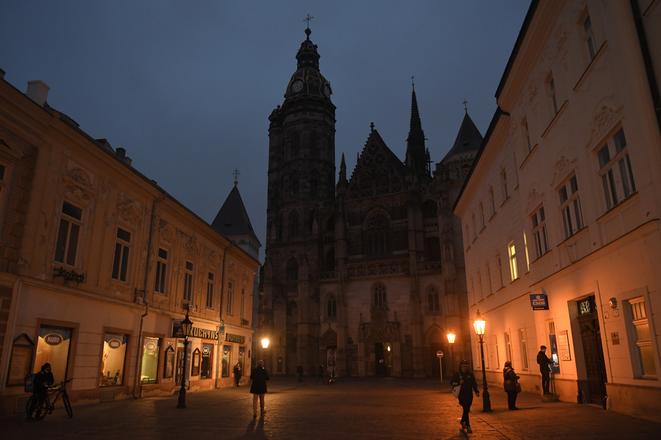People who are exposed even to dim lighting at night are more likely to gain weight and have diabetes, says scientist Valentína Rumanová from the Faculty of Natural Sciences of Comenius University in Bratislava. It’s not just smartphone screens; even street lamps can adversely affect people. Find out more in this interview.
When did people first realize that exposure to light at night could lead to health problems?
The first larger studies that noticed this issue were focused on health-care shift work, specifically by nurses. However, health problems related to shift work result from several factors, such as light at night, work-related stress, unhealthy lifestyles – people eating energy-rich food at the wrong time of day. Therefore, individual factors are being studied separately, in order to help these people. To model this kind of light, conditions with constant light began to be studied.
However, it was not until 2010 that scientists began to focus on the effect of light pollution on health in animal models. This is related to the ever-increasing level of light pollution due to the excessive use of street lighting and billboards. Street lighting can reach an intensity of up to 100 lux, which is almost 300 times more than the full moon.

Have you ever noticed this in yourself?
Honestly, I grew up sharing a room with a sister who was very sensitive to light and sounds. My husband is also sensitive to light at night. That is why I always had, and still have, blackout curtains at home.
To stay up to date with what scientists in Slovakia or Slovak scientists around the world are doing, subscribe to the Slovak Science newsletter, which will be sent to readers free of charge four times a year.
What is usually talked about is the light from displays or mobile phones. Can other sources of light, such as candles, also be a problem?



 Stock image. (source: TASR)
Stock image. (source: TASR)